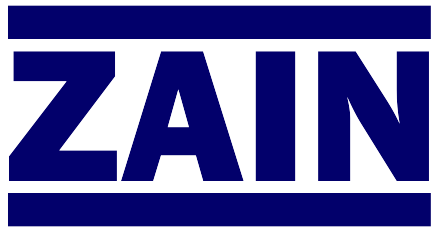Mixing Techniques for the Control of Waste Sludges and Slurries
Author:
J. Y. Oldshue
This paper reviews mixing techniques for controlling and treating waste sludges and slurries, particularly focusing on the use of impeller mixers in processes like anaerobic digestion to enhance reaction rates and eliminate surface scum. The document details the application of mixers in various waste streams, including aeration of thick sludges, coagulation/flocculation for solids removal, and maintaining solid suspension in holding tanks, comparing different mixer types like top-entering and side-entering units. Furthermore, it discusses the principles governing mixer performance, such as shear rates and scale-up considerations, crucial for effective pilot plant testing and full-scale chemical or physical waste processing.
Key Learnings
- Impeller Mixers for Anaerobic Digestion: Impeller mixers are highly effective in digesters for promoting anaerobic reactions and significantly reducing the required digestion time (e.g., from 30 days unagitated to 10 days with thorough mixing).
- Scum Layer Control: Top-entering mixers are essential for breaking up the surface scum layer, which otherwise inhibits gas release from anaerobic decomposition and can dramatically increase gas production.
- Mixing for Bulk Motion: Side-entering mixers are often employed to provide motion and blending for the entire slurry bulk, often requiring less horsepower for blending compared to top-entering units at similar geometric ratios.
- Ineffectiveness of Gas Recycling: Recycling digester gas is noted as relatively ineffective for thorough sludge mixing compared to mechanical agitation.
- Intermittent Operation: Mixers in anaerobic digesters do not need to run continuously; operating for just one or two hours a day and during feeding is typically sufficient.
- Aeration of Thick Sludges: Submerged turbine impeller systems can maintain high oxygen uptake rates (up to 5000 mg/liter/hour) even in very thick slurries.
- Coagulation and Flocculation: Effective solids removal involves two steps: flash mixing for chemical contact and flocculation, which requires maintaining an optimum range of shear rates to build up and avoid breaking the floc particles.
- Shear Rate and Power: The average shear rate in a tank is related to the power per unit volume, often represented by the concept G = (HP/V) ¹/² (μ)-¹/², with the product Gt (shear work) providing an average concept of what is happening in the tank.
- Solid Suspension Goals: Complete uniformity of solids is not always necessary; the primary requirement is preventing the accumulation of progressive fillets and ensuring that solid composition at the draw-off point matches the incoming feed stream.
- Pilot Planting and Scale-up: Successful scale-up requires determining the controlling parameter (e.g., blending, solid-liquid mass transfer) and maintaining geometric similarity in the pilot plant to correctly evaluate or control the effect of fluid shear rates, as these rates tend to increase on scale-up.

